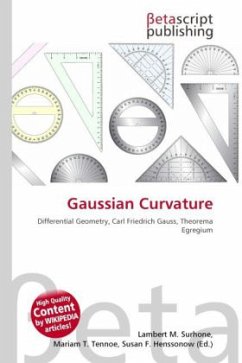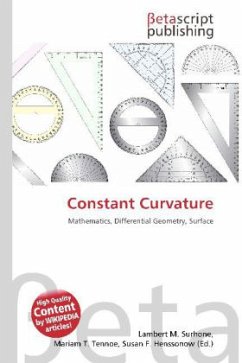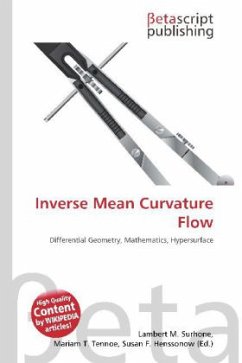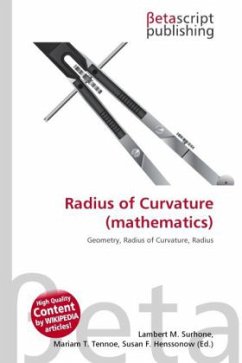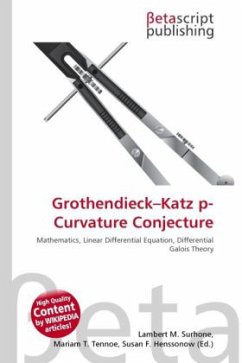High Quality Content by WIKIPEDIA articles! In differential geometry, the Gaussian curvature or Gauss curvature of a point on a surface is the product of the principal curvatures, 1 and 2, of the given point. It is an intrinsic measure of curvature, i.e., its value depends only on how distances are measured on the surface, not on the way it is embedded in space. This result is the content of Gauss's Theorema egregium.We represent the surface by the implicit function theorem as the graph of a function, f, of two variables, and assume the point p is a critical point, i.e., the gradient of f vanishes (this can always be attained by a suitable rigid motion). Then the Gaussian curvature of the surface at p is the determinant of the Hessian matrix of f (being the product of the eigenvalues of the Hessian). (Recall that the Hessian is the 2-by-2 matrix of second derivatives.) This definition allows one immediately to grasp the distinction between cup/cap versus saddle point behavior in terms of second year calculus.
Bitte wählen Sie Ihr Anliegen aus.
Rechnungen
Retourenschein anfordern
Bestellstatus
Storno

